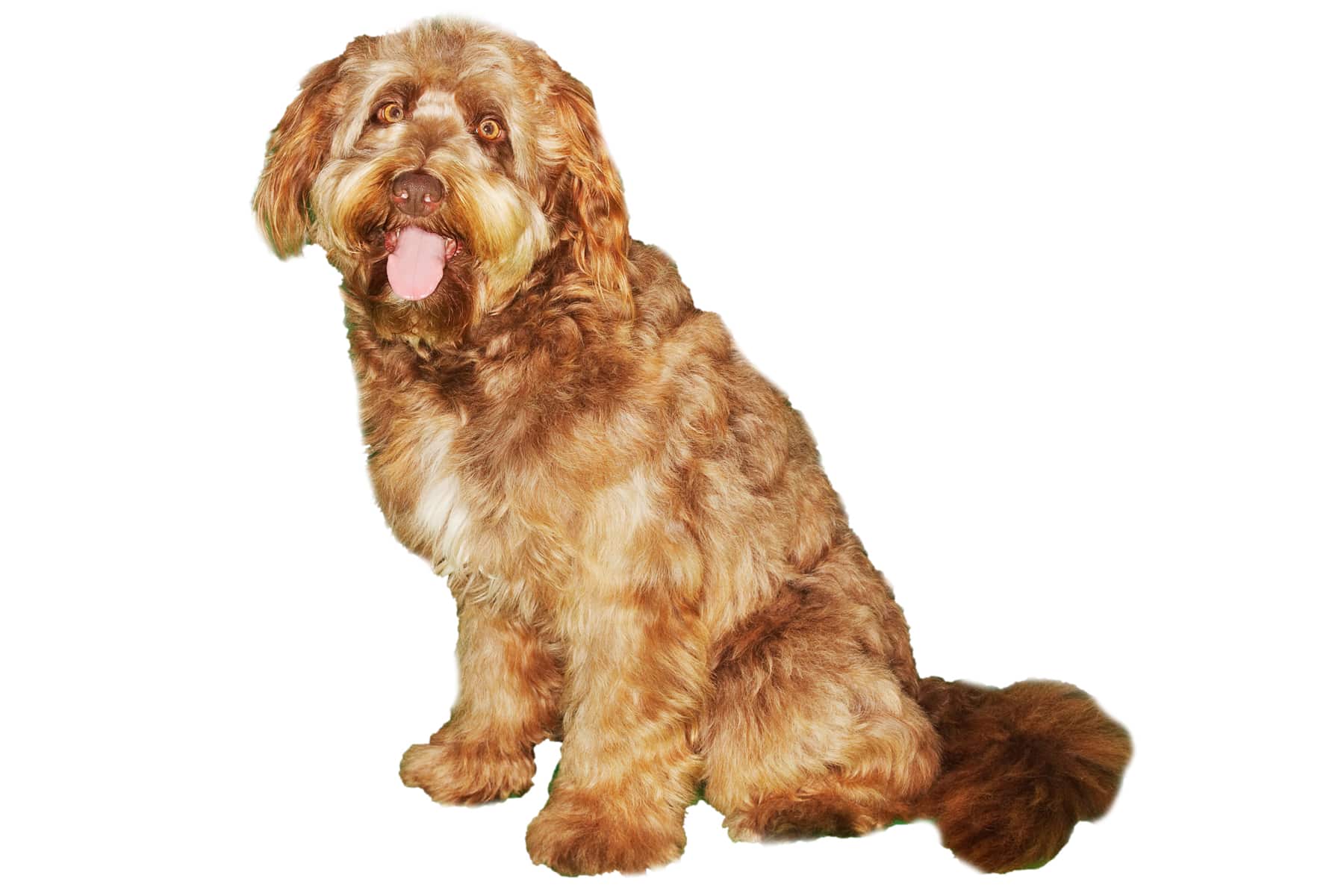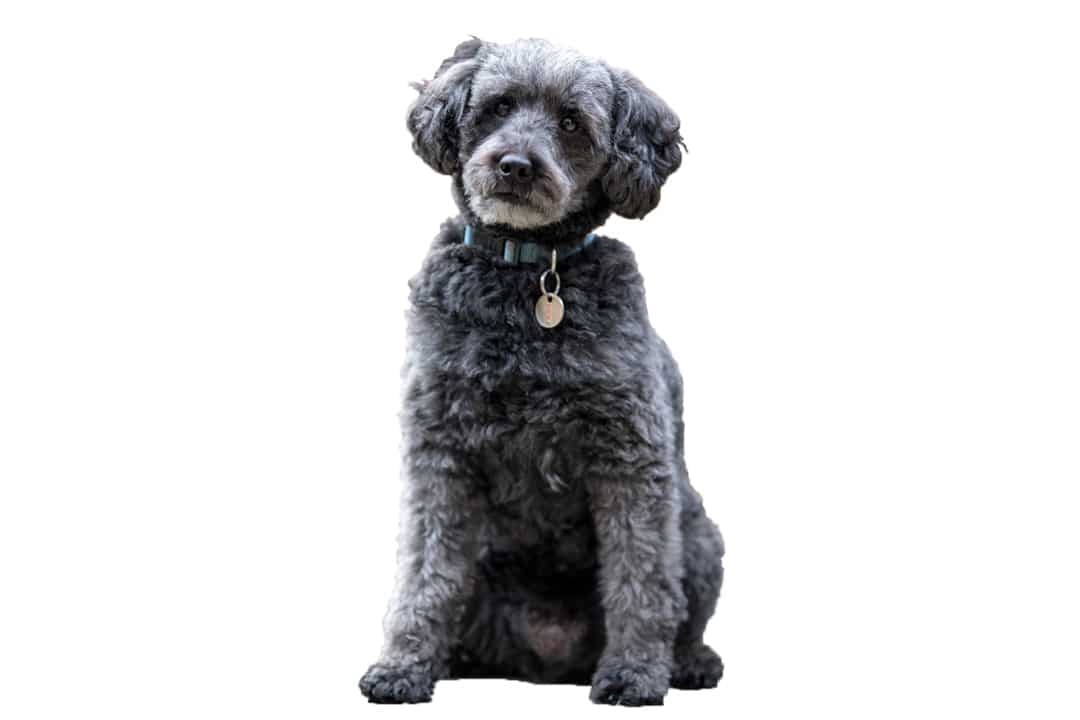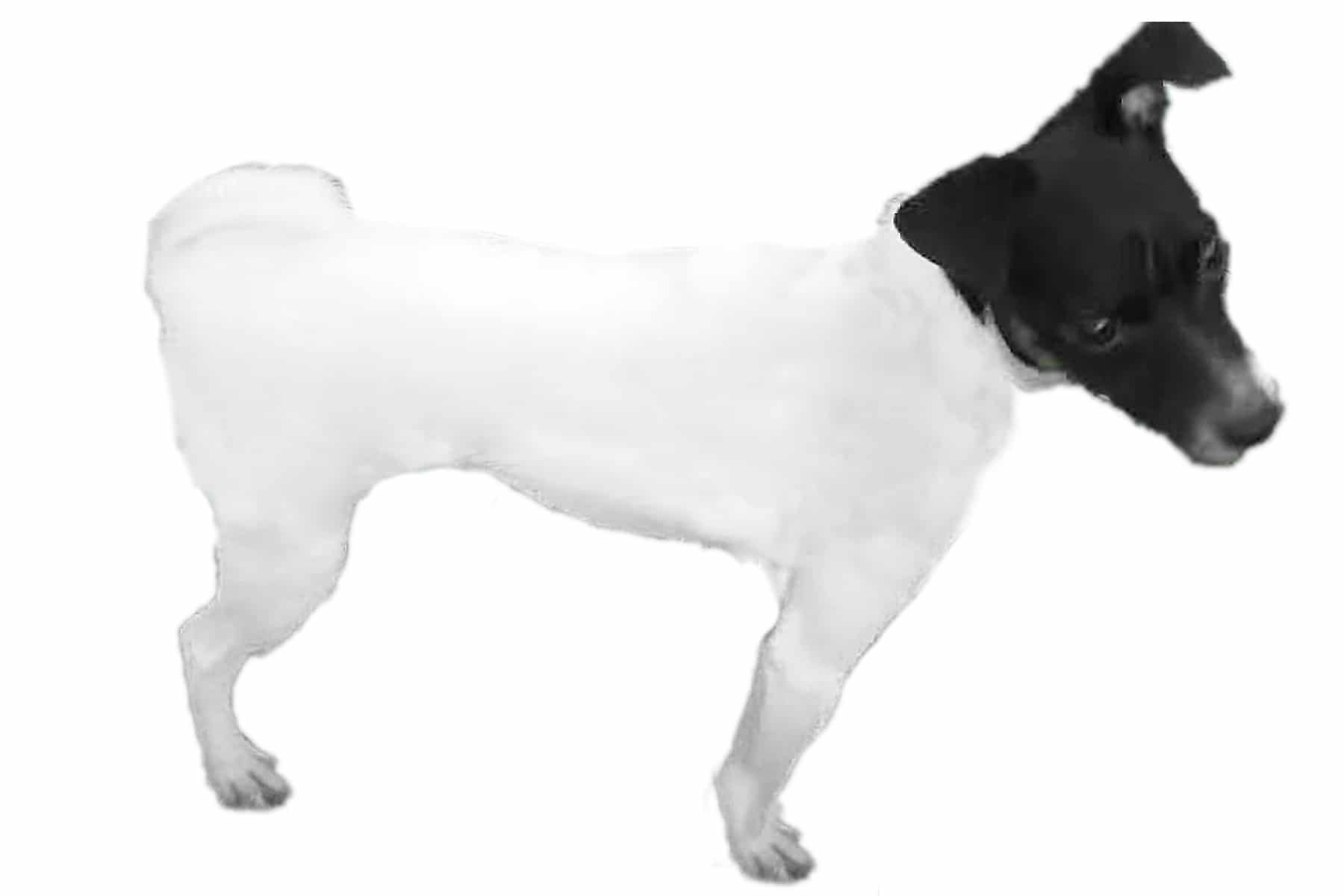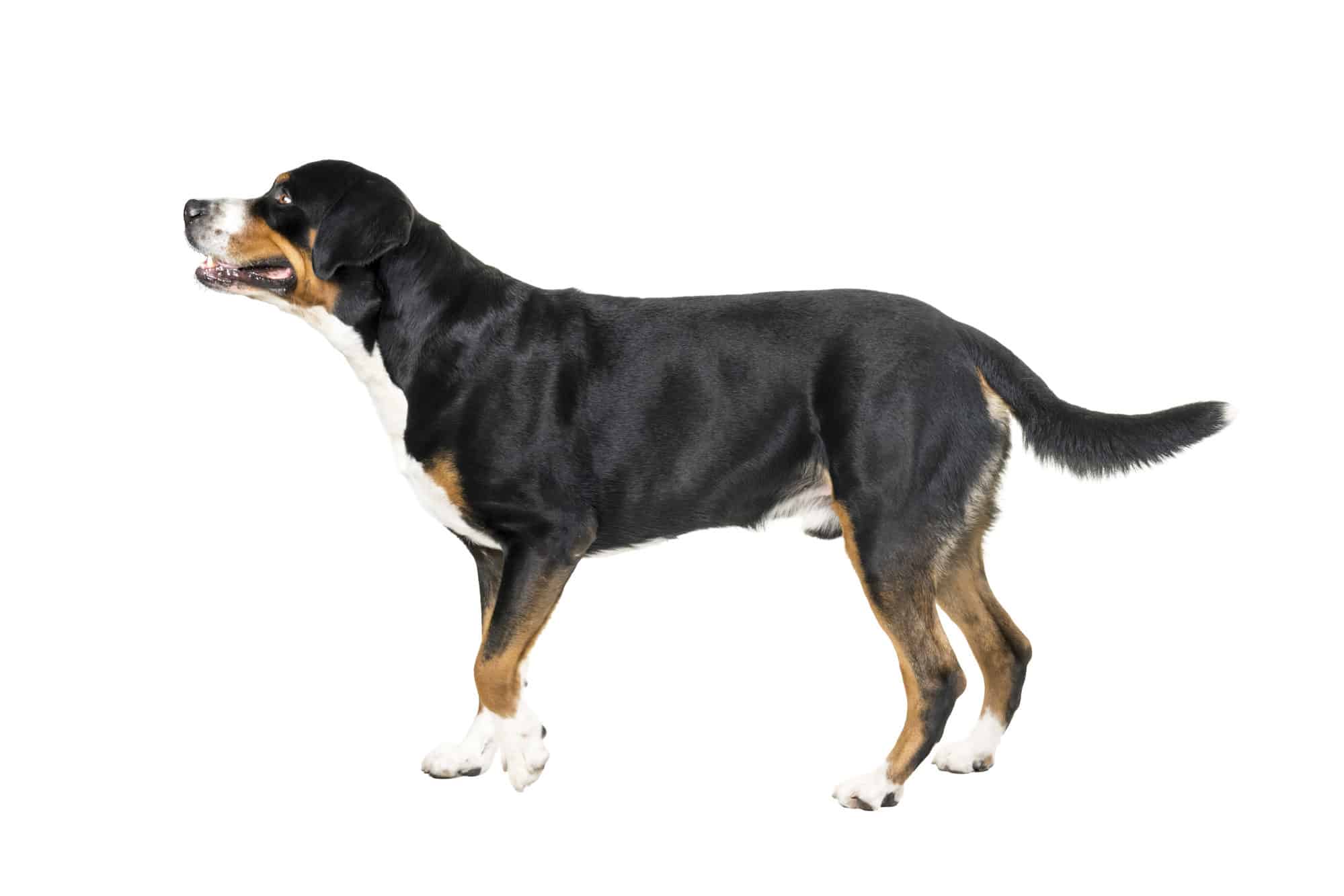Tibetan Terrier
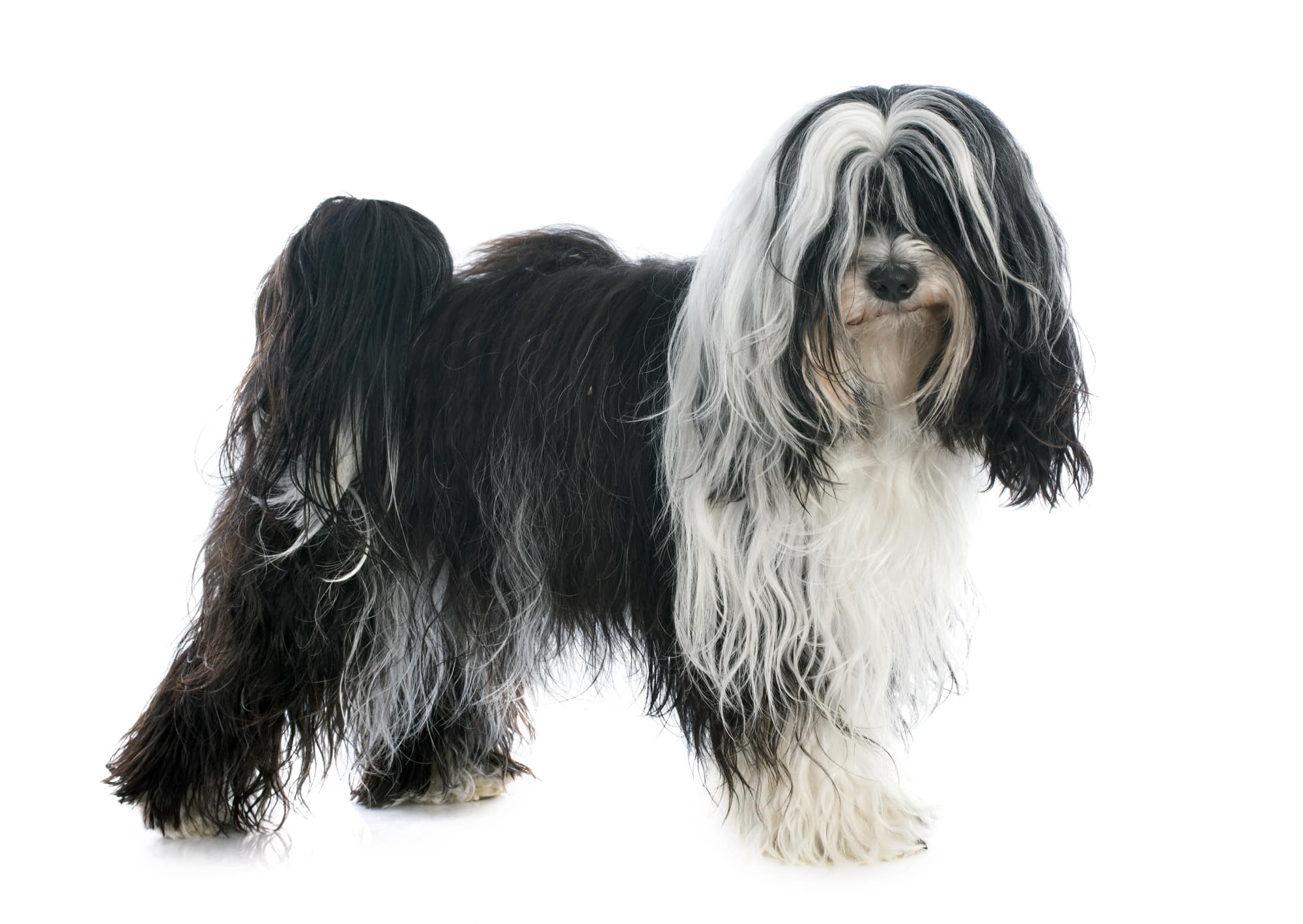
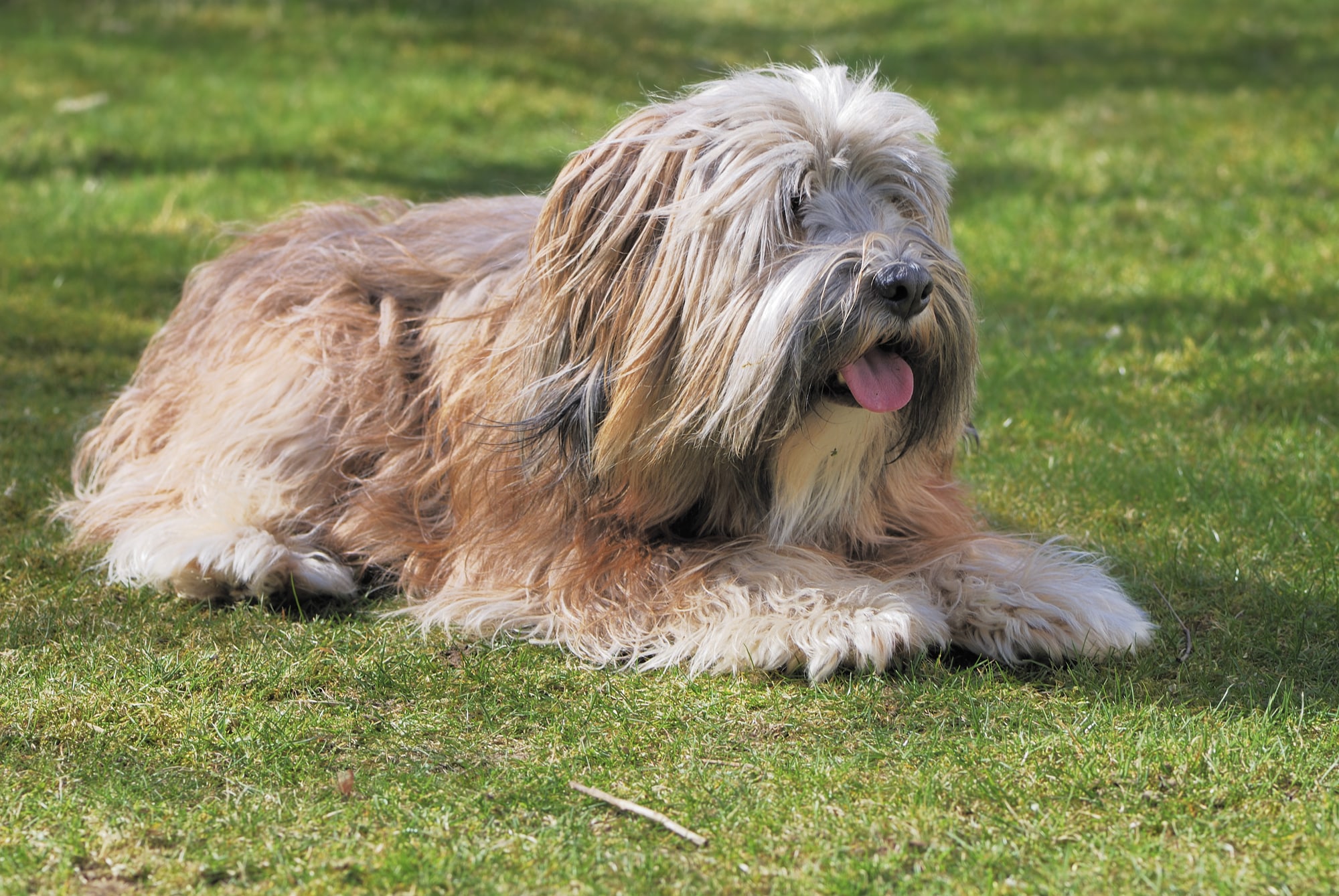
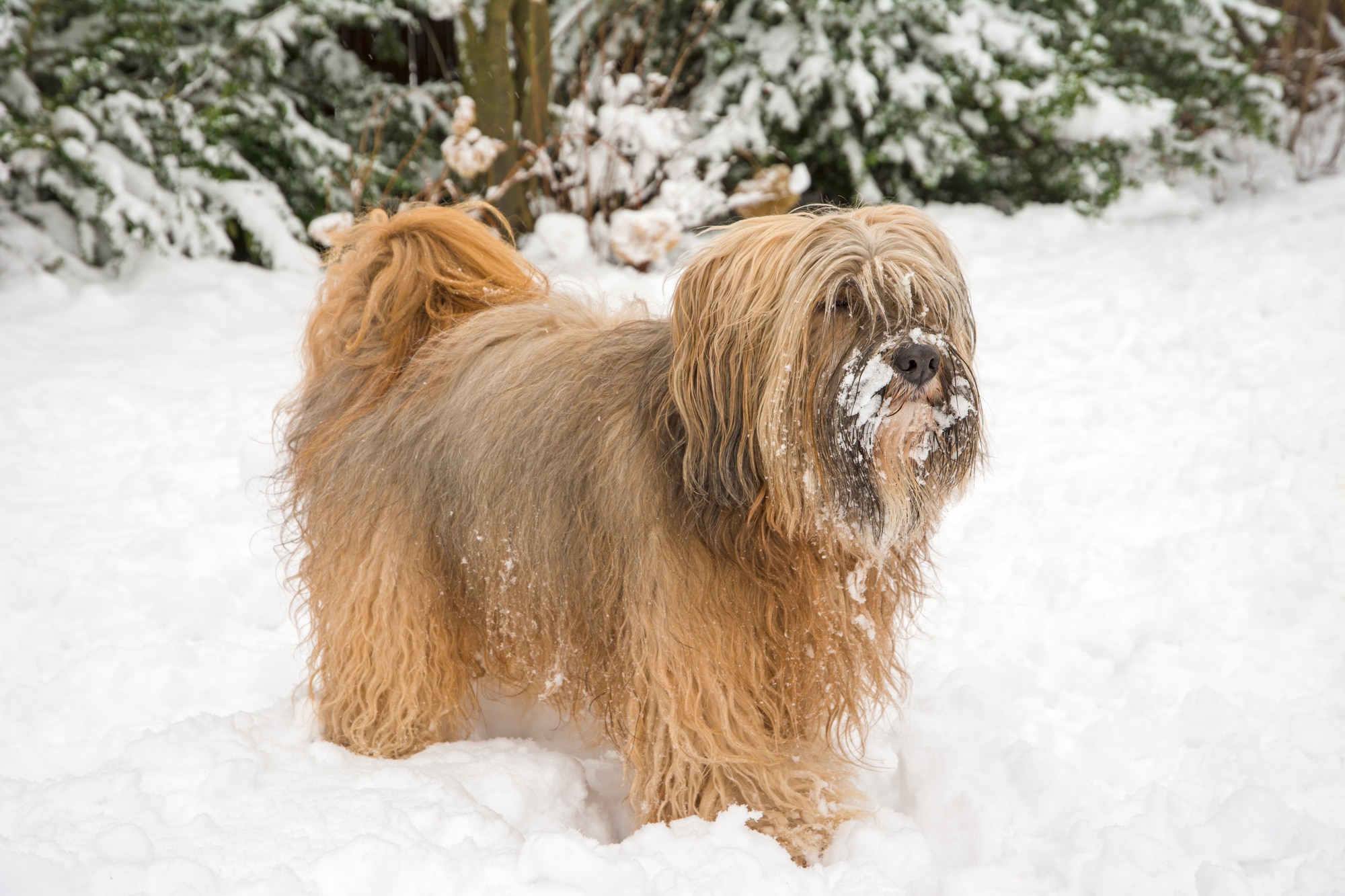
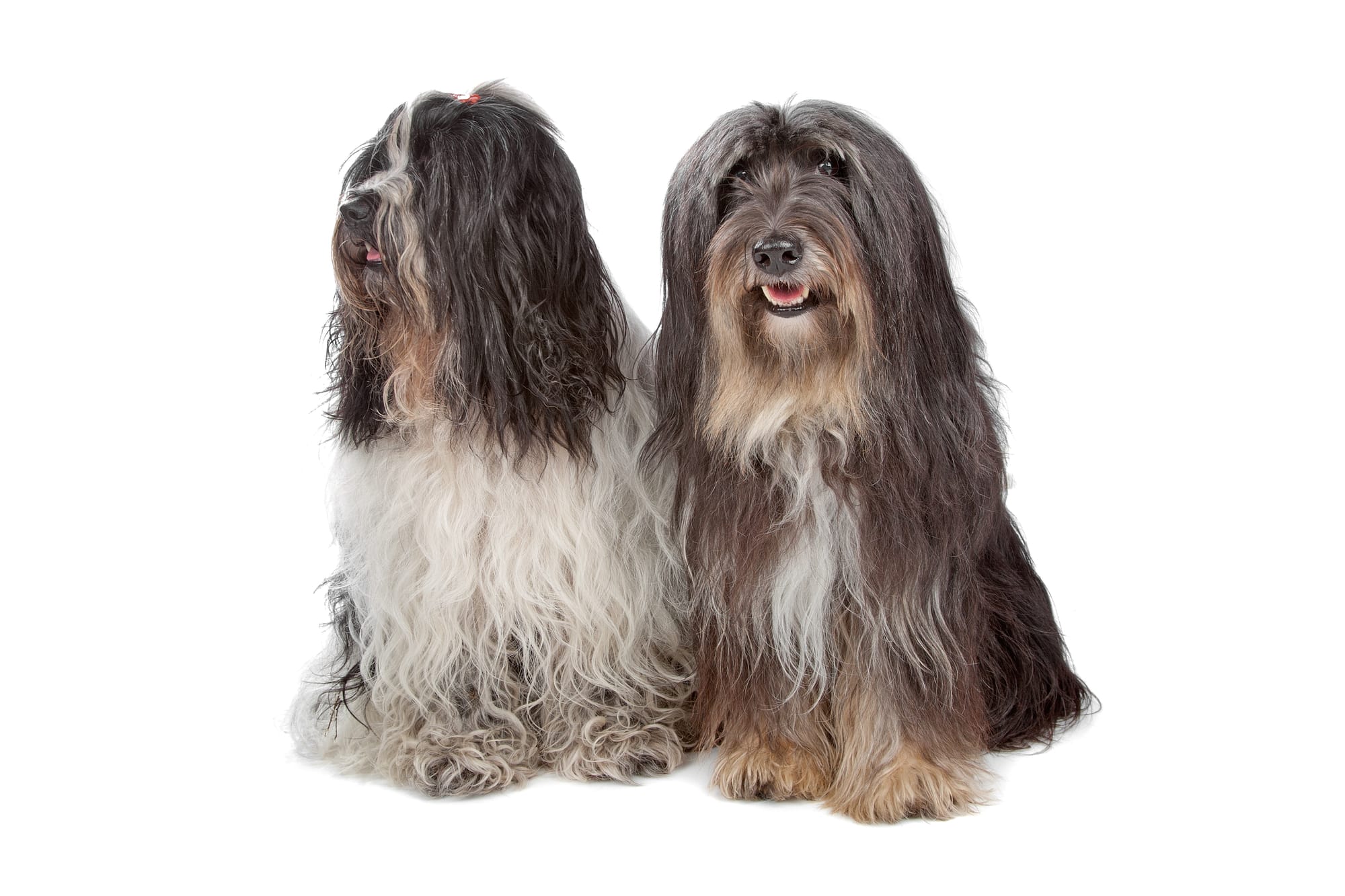
Temperament:
Have you always wanted a dog with a long moustache? Then a Tibetan Terrier might be just the thing for you. The Tibetan name of these dogs translates as "Doki-Apsos", which means "long moustaches". In their homeland, they are revered as lucky charms. No wonder with these fluffy bundles of energy.
Characteristics
The playful and friendly Tibetan Terrier belongs to FCI Group 9 (companion dogs) and is an absolute family dog. He loves to be with you all the time.
Due to his intelligence, he often tries to get his own way. You therefore need to be very consistent when training him. However, you should avoid pressure. These self-confident, intelligent animals don't like it at all and can become completely stubborn.
It is better to spend a lot of time together. Sporting activities such as dog dancing, agility or obedience strengthen the bond with your four-legged friend. In addition, the active animals can really let off steam. This keeps them healthy and fit and they can live up to 16 years.
This robust, slightly boxy breed grows to between 36 and 43 centimeters. The females are slightly smaller. The Tibetan Terrier comes in different colors. These include dark varieties such as black, gray or smoke, but also light shades such as cream, white and gold. The coat can be smooth or wavy.
These four-legged friends are certainly not for tidiness fanatics, as they shed hair with practically every step. But the fluffy family dogs are all the better for cuddling. These loving animals are also very patient with children.
Due to their sociable and outgoing nature, they are often used as companion or therapy dogs. They are reserved towards strangers, but not unfriendly.
The Tibetan Terrier adapts very closely to its human in its way of life. The fuzzy, medium-sized mountaineer loves to explore rough terrain. It is therefore particularly suitable for hiking enthusiasts and keen joggers. If the master and mistress are less sporty, the Tibetan Terrier also enjoys long walks.
Coat care:
Shedding:
Energy level:
Trainability:
Children suitable:
The right food
When choosing food, make sure that it contains high-quality ingredients, is balanced and meets your dog's requirements. Age, size or weight, activity and health status play an important role. You should follow the manufacturer's recommendations for the amount of food.
Treats should only be fed in moderation and deducted from the basic diet to avoid obesity.
Puppies can be fed 4-6 times a day. The number of meals should be gradually reduced to 2 per day until the dog is fully grown. A rest period should be observed after meals.
Fresh drinking water should be available at all times.
Health & Care
The Tibetan Terrier needs to feel fully integrated into the family. Owners can combine some of the love with daily grooming. This is because the long, shaggy coat of a Tibetan Terrier requires a lot of grooming. You should brush and comb your Tibetan Terrier thoroughly at least 2-3 times a week.
Leaves and twigs should be removed from the coat after walks. You should also check your Tibetan Terrier's coat thoroughly for pests such as ticks after every walk, especially in the woods and meadows.
You should avoid clipping or cutting the coat. Unless it is necessary due to medical treatment or excessive matting. Clipping the coat can damage the structure of the dense undercoat as the protective top coat is removed.
The coat around the eyes should be trimmed from time to time. Otherwise the four-legged friend's vision may be impaired or the hair may injure the eyes. The hair can also be tied up with a hair clip.
Overall, it is advisable to visit a groomer from time to time.
The ears and anus area should also be kept clean and checked regularly. Claws should be trimmed and teeth brushed regularly.
A Tibetan Terrier requires a lot of care. You should therefore be able to assess exactly whether you have the time for this. If not, it may be better to get a less high-maintenance dog.
Suitable accessories
The basic equipment for every dog includes a food and water bowl, lead, collar or harness, sleeping basket or sleeping mat and transport box. A first aid kit should also be available.
As already mentioned, the fur of the cute shaggy noses is the most work. That's why a brush and comb are at the top of the list. Suitable scissors are required to trim the hair around the eyes.
A comb can be used to remove smaller, not yet hardened areas of felt. However, a brush is more suitable. This is less painful and less stressful for the dog. Scissors can sometimes help with more severe matting. Once individual tangles have been removed, you can often get through the coat again with a brush. Scissors should only be used in an absolute emergency.
You will also need tick tweezers, claw scissors, a toothbrush and toothpaste for dogs as well as a transport grid or a box for transporting your Tibetan Terrier in the car,
When it comes to activity, these active four-legged friends are enthusiastic about almost anything. Toys for indoors and outdoors are a must.
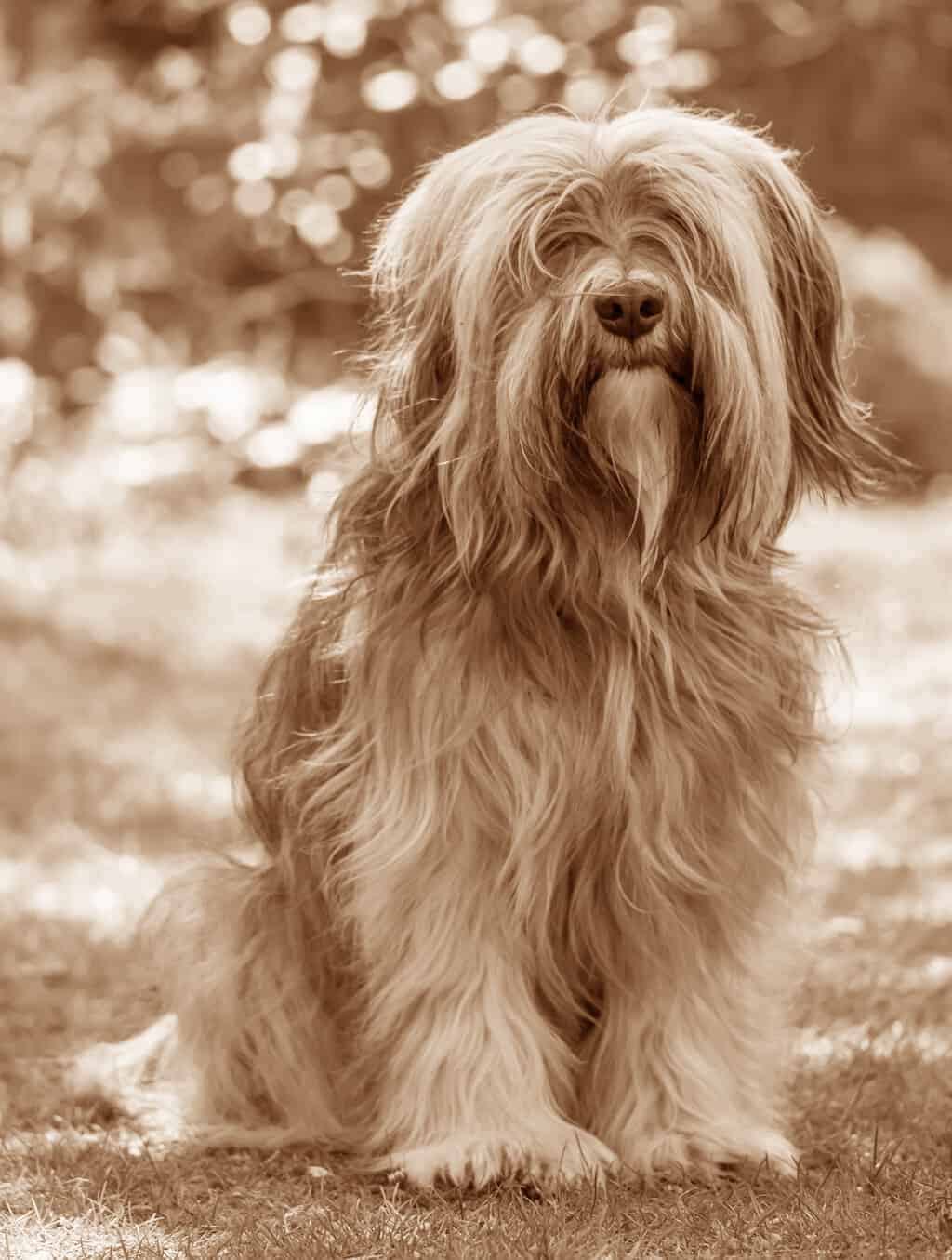
Origin & History
The name terrier is not entirely correct. Tibetan Terriers are actually guard or herding dogs. But at least the local description is correct, as the dogs originally come from the highlands of Tibet. The Tibetan Terrier is said to have existed there for over 2,000 years. Among other things, they lived in monasteries or as herding dogs for nomads.
The breed's coat had to adapt to special conditions in its home at altitudes of up to 4,500 meters. It had to withstand the extreme climatic conditions of Tibet. This is why the dogs can withstand temperatures from minus 40 to plus 25 degrees Celsius.
The former shepherd dogs have retained their love of the cold and climbing. Today's representatives like to romp in the snow or explore steep slopes.
The Tibetan Terrier first came to Europe in 1922, when the doctor Dr. Greig brought a white and gold dog back to her native England. This was a great honor. Because dogs are considered a symbol of peace in Tibet. That is why they are only given as gifts on special occasions.
The bitch became the cornerstone of a breed that was officially registered as a Tibetan Terrier around ten years later. From then on, the triumphant advance of the four-legged friends was unstoppable.
As early as 1938, the first Tibetan Terriers took part in competitions in their own show class. From 1939, the fuzzy bundles of energy also won the hearts of their German lovers.
The Tibetan Terrier was first recognized as a breed by the FCI in 1957.
